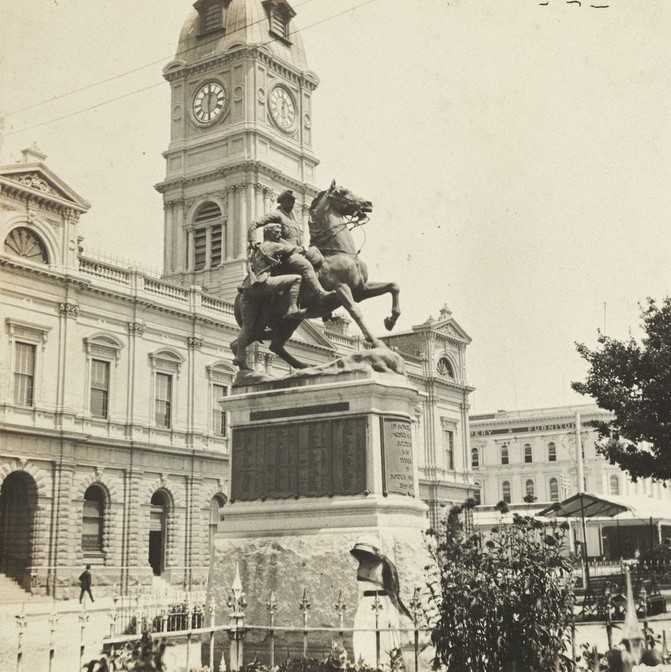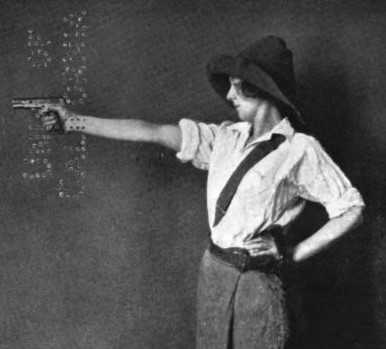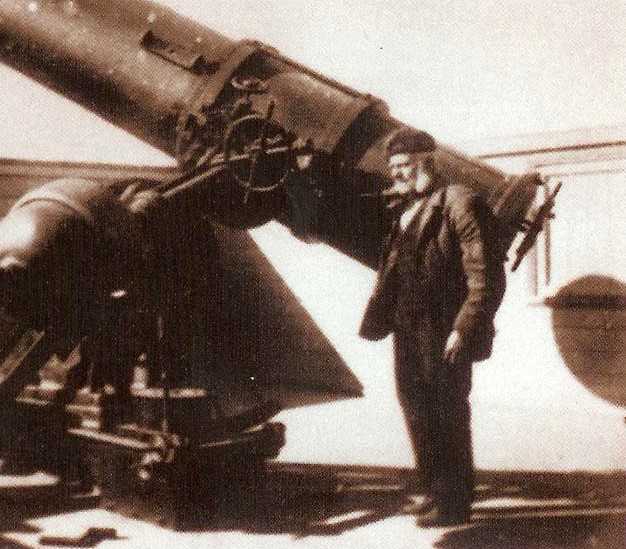Whilst participating in work experience at the Eureka Centre, I had the pleasure to visit the Ballarat Research Hub at Eureka (BRHAE), located within the museum. BRHAE combinies the resources of Public Record Office Victoria’s Ballarat Archives Centre, Ballarat and District Genealogical Society and the City of Ballarat’s Australiana Research Collection. BRHAE not only has copies of the Ballarat newspaper, The Courier from 1851 to 2021, but provides access to family records, histories of immigration and more. I started my journey at BRHAE with a look at past issues of The Courier on microfilm.
Since it was my first time operating a microfilm machine, Simon Jacks, the friendly Australiana Research Librarian, demonstrated how to handle microfilm and rolled the machine into action. Simon explained that while TROVE, the National Library of Australia’s repository of digitised newspapers, was a fantastic online resource, many issues of The Courier were yet to be digitised.
Scrolling through the September to October 1929 issues of The Courier, an article regarding a China and Russia Railway dispute in Manchuria caught my attention. This news arrived on the 4th of September from Nanking, which was then the capital of the Republic of China. and is my hometown where my family emigrated. With reports of “bloodthirsty raids” and “wholesale looting and slaughter of inoffensive villagers”, the article paints a brutal picture of confrontation between two regional superpowers.
Upon further research, I learnt that this Sino-Soviet conflict was the largest mobilisation of the ‘Red Army’ since the Russian Civil War, with one out of five soldiers participating to take back the Chinese Eastern Railway. For the emergent Republic of China, this was also its first military confrontation with a foreign power. As I followed the event in later issues of The Courier, the conflict would seem to subside, with a decisive Soviet victory over the Chinese warlord, Zhang Xue Liang and a return to joint administration of the railway. This event left Manchuria in a power vacuum, with Japan invading Manchuria in the infamous Mukden Incident two years later. Through just reading these articles, I felt like an onlooker almost a century ago watching the events unfold in real time.
Realising the year was 1929, I then scrolled to October to look for reports of an event that changed the course of history forever. I found it tucked away in a corner of the paper, near the edge of the microfilm. Next to an advertisement for Tunbridge Furniture on Armstrong and Sturt Street, Ballarat, was a report of an “avalanche of selling” during the “biggest trading day experienced in the New York Stock Exchange” with the “bottom apparently unsighted”. On the 29th of October later known as “Black Tuesday”, the market finally did hit the bottom, marking the beginning of the Great Depression that impacted on tens of millions of people around the world. The result of reckless stock market speculation and dubious banking practices, the Great Depression lasted almost a decade. This economic downturn reduced the gross domestic product (GDP) of almost every country to some degree, lowering global living standards, as the result of subsequent mass unemployment.
Given I am currently undertaking studies in History - Revolutions for VCE, I especially enjoyed reading about these important events that I have learnt in the classroom from a genuine primary source. I felt like I was transported to the past and was able to witness the progress of history firsthand. What I have shared here is only the tip of the iceberg that the BRHAE has to offer. BRHAE has a variety of books and resources about the history of Ballarat and the history of its people for us to all engage with the past. I will undoubtedly visit BRHAE in the future.
Thomas Lin
Work Experience Student
Ballarat and Clarendon Collage


